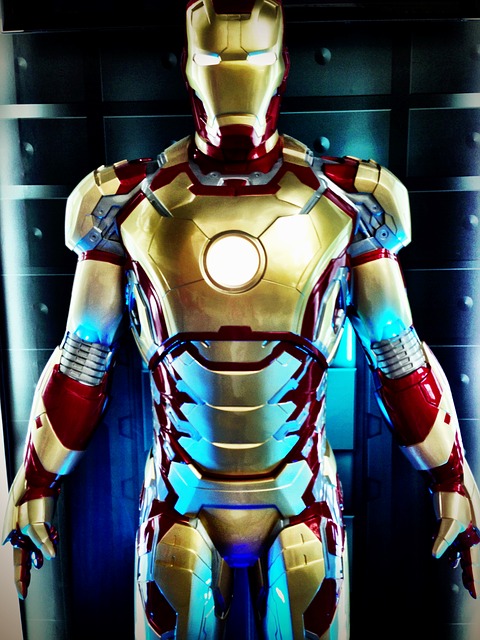Source: 10 ways graphene is about to change your life | TechRadar
The most famous molecule in the tech industry is coming to life (…)
“The light sensors can be embedded in anything, so you could think about putting it in windows or other places where there’s no power, such as packaging,” says Goossens at the ICFO.
“In a window in a building it could detect whether it’s night or day for your curtains to open or close automatically.” It’s also the first step along the way to windows managing to harvest energy during the day and illuminating during the night – while still being transparent. (…)
Graphene can also be used to make super-thin, super-sensitive image sensors that can detect invisible infra-red light. That means night vision goggles working on graphene-based CMOS sensors that could cost as little as £10 instead of £20,000 once graphene sensors are mass-produced (augmented reality headsets with night vision, anyone?) and spectral applications to differentiate between different organic materials.
“We will also be able to put graphene spectrometers in your phone, so you can see if a mango in a supermarket is ripe, or whether the tyres on your car are worn, or whether a wood product is real wood,” says Goossens at the ICFO. It could also detect harmful chemicals in food.
How close is this? Graphene spectrometers in phones could take as little as two years, but only if there was a lot of targeted investment by one of the big phone/component manufacturers.(…)
Printed electronics are they next big thing, and graphene is at the forefront. Costing just a few pennies each are paper wristbands or tickets, which have graphene ink printed onto them. In a recent demo, the proximity of a graphene RFID tag to a reader caused a picture to be taken of the wearer or holder.
“This could be used in closed environments such as airports for monitoring passengers boarding a high security flight, or on the London Underground to track which entrances and exits passengers take just by tracking their ticket,” says Dr Thanasis Georgiou, VP, Graphene Security Ltd., Photon Science Institute, University of Manchester.
“Products in supermarkets could have [graphene-based] RFID technology on them so you could know in real-time where products are.”
As well as making shop-lifting much harder, and perhaps even getting rid of the checkout altogether, a connected Internet of Things-like system would be able to see instantly when stocks are running low of specific products. (…) Source: 10 ways graphene is about to change your life | TechRadar
The possibilities seem endless…
No kidding – my prayers for a ‘useful’ invention such as an avocado x-ray have been answered…wow.
But really, what’s truly fantastic is the use of graphene in invisible screens and printables. This is going to change our landscapes in and outside the home or office environment forever. If this works on packaging, well, can you imagine…this takes advertising, stock control and customer experience to a whole new level.




